Quetzals are colorful birds that are a part of the trogon family. The five species that make up the genus Pharomachrus are confined to the Neotropics, where they are discovered in woods, especially those of the wetter, higher altitudes. Only the eared quetzal (Euptilotis neoxenus) is native to Mexico and a limited region of the southern United States.

It’s possible that, even with their distinctive plumage, they’d blend in with their original forest environment and be difficult to notice. Since this species has been around since the time of the ancient Mayan civilization, it is of the utmost importance that we learn all we can about it and take steps to protect it. The quetzal is an incredibly beautiful and regal bird; here are ten incredible Quetzal facts!
1. Quetzals Have A History Going Way Back

The gorgeous green feathers of the Quetzal symbolized the new growth of spring plants.
©Wang LiQiang/Shutterstock.com
In ancient times, most Mayans and Aztecs held the quetzal in high esteem since they believed it to be the God of the Air’s messenger. No one was allowed to hurt them, yet a lucky few might be able to snag a feather. In any case, the gorgeous green feathers symbolized the new growth of spring plants. Some saw the quetzal as a bringer of good fortune, peace, and illumination.
2. Quetzals Were Captured For Priests and Nobility

Although it was considered a grave sin to take the life of a quetzal, they were often trapped to take a few of their tail feathers.
©clicksdemexico/Shutterstock.com
In ancient cultures, priests and nobility wore quetzal feathers at religious ceremonies. It even has ties to Quetzalcoatl, the “snake god.” Although it was considered a grave sin to take the life of a quetzal, they were often trapped to take a few of their tail feathers and released back into the wild.
3. The Quetzal Species Are on the Verge of Extinction
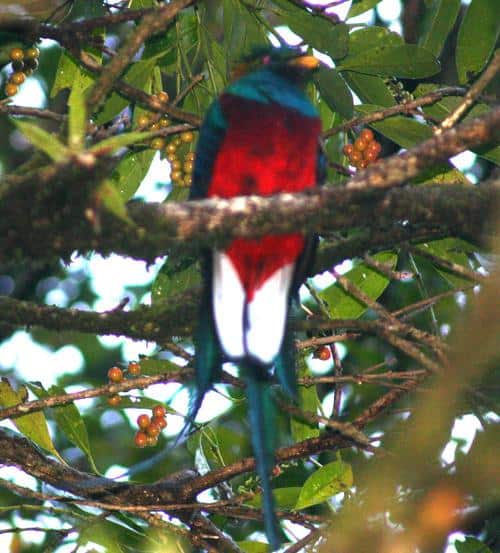
As fascinating and valuable an animal as the quetzal, we can only hope its situation improves in the years to come.
Sadly, times have changed. We now know that habitat destruction and poaching are the main causes of this beautiful bird leaning toward extinction. Since this bird is critically endangered, regulations have also been set to safeguard its population. Tragically, efforts to capture this stunning bird persist. As fascinating and valuable an animal as the quetzal, we can only hope its situation improves in the years to come.
4. The Resplendent Quetzal is the National Bird of Guatemala
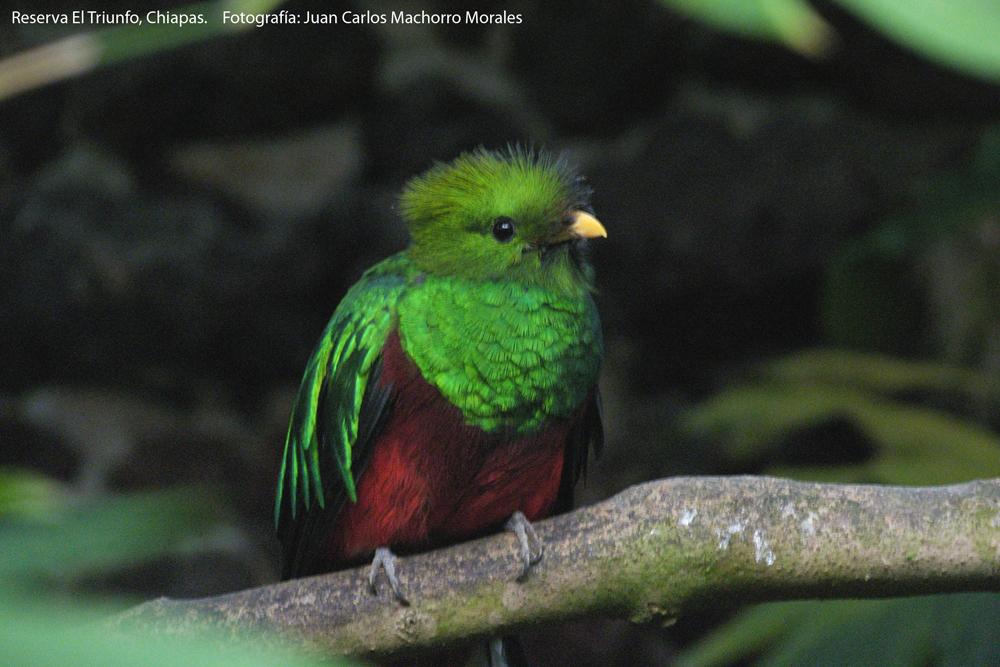
Culturally significant to the pre-Columbian Mesoamerican civilizations, the Quetzal enjoys widespread esteem across the country.
©SEMARNAT – Public Domain
The quetzal is a sacred bird in Guatemala. The quetzal appears on many souvenirs and national symbols, including the flag, postal stamps, currency, and coat of arms. The quetzal is the country’s official currency name (GTQ).
In 1871, the Resplendent Quetzal was officially recognized as Guatemala’s national bird. The fact that the quetzal was picked as the national symbol of Guatemala while the country is home to more than 750 distinct species of birds speaks to its singularity. Culturally significant to the pre-Columbian Mesoamerican civilizations, it enjoys widespread esteem across the country.
5. The Quetzal Has A Very Distinctive Overall Color
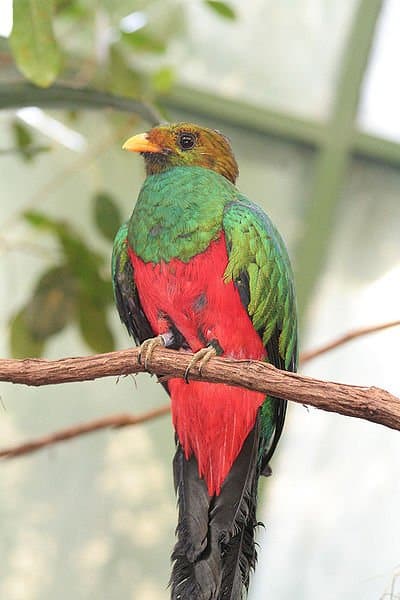
Quetzals are a unique iridescent green, sometimes called a golden green.
They look different from other birds, which helps to establish their uniqueness. They are a unique iridescent green, sometimes called a golden green. However, its chest is a vibrant shade of red and orange. Also, we can see that its head occasionally blends blue, red, and green colors with its wings black and white.
6. Quetzal Tail Makes Them One of the Longest Birds
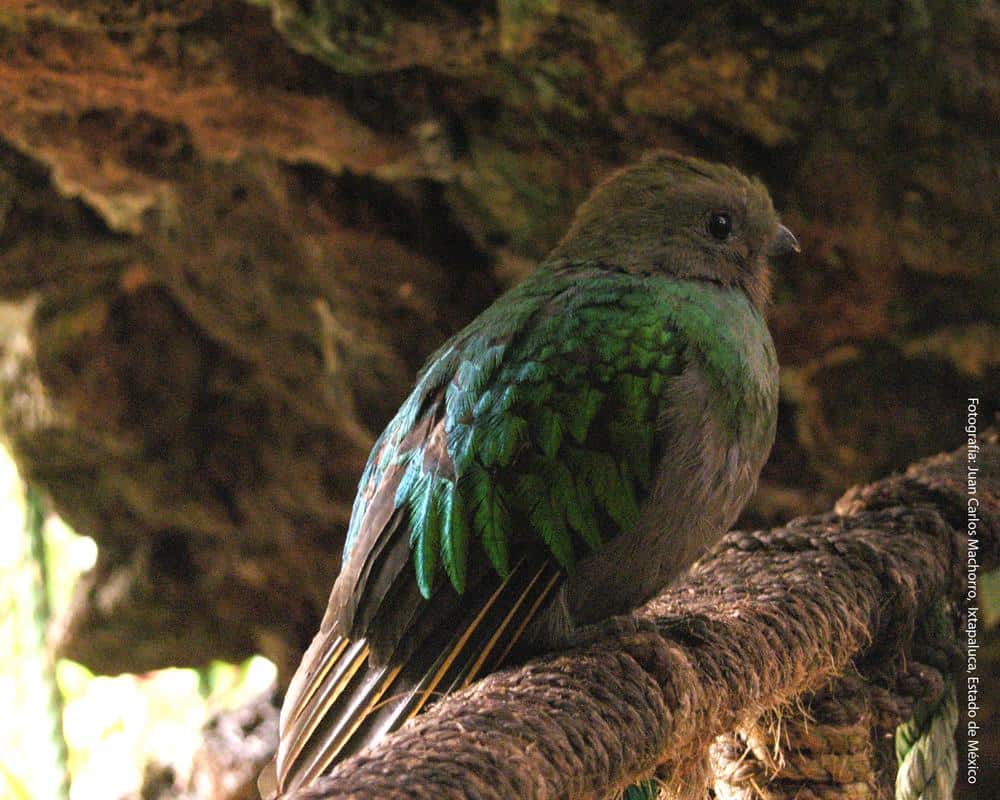
Female Quetzals are similarly colored to males but have shorter tails and wider bodies.
©SEMARNAT – Public Domain
The males of this magnificent bird can be identified by their larger tails compared to the females. No other bird has a tail like a male Quetzal’s; therefore, they are easily distinguishable. And it takes the male three years before its tail reaches a regular length of 60 centimeters. Females are similarly colored to males but have shorter tails and wider bodies. Males and females of adulthood average around 13 to 16 inches long.
7. Quetzals Can’t Fly For Long Periods

Young quetzals can take their first flights as early as three weeks old, but it takes males three years to start developing their long tail plumes.
Resplendent quetzals live in pristine highland forests with altitudes of about 10,500 feet. They only go noticeably short distances at a time to get food and shelter. Commonly solitary and highly protective of their territory. Because of their limited flight time, Quetzals prefer to spend their days perched high in the canopy. Neither their limited altitude nor the countless predators always watching for them bode well for their survival. Young quetzals can take their first flights as early as three weeks old, but it takes males three years to start developing their long tail plumes.
8. Quetzals Are Territorial, Monogamous Breeders
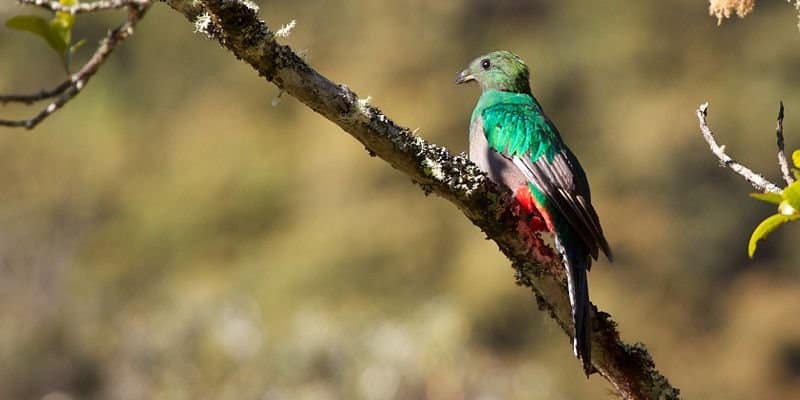
Quetzals dig their nesting chambers in rotting, soft tree trunks with their strong, muscular bills.
Although they are solitary when not breeding, they share a preference with other trogons for nesting in cavities. They dig their nesting chambers in rotting, soft tree trunks with their strong, muscular bills. Depending on latitude, they have their reproductive period between March and June.
Both sexes contribute to every aspect of reproduction, from laying eggs to tending to the young after they’ve flown the nest. Males usually incubate during the day, whereas females do so at night. When the male is within the nesting cavity, his long tail feathers curl over the entrance and protrude again. Babies emerge from their eggs after a three-week incubation period.
9. Quetzals Are Largely Solitary Birds
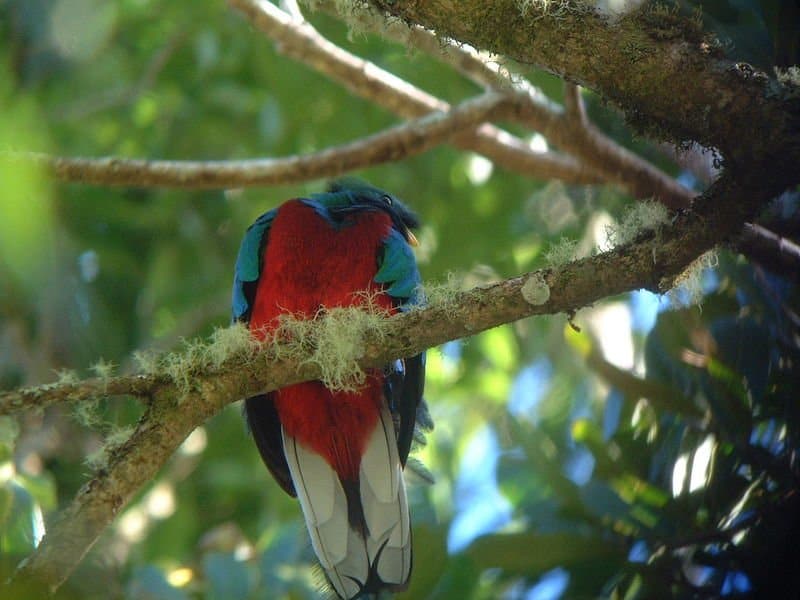
Quetzals sit low in the trees for most of their adult lives.
Only after nesting season is through do they move to lower altitudes. The only time members of this species work together is during the mating seasons or when they gather at heavily fruiting trees. They sit low in the trees for most of their adult lives and eat when they aren’t joining forces for domestic purposes.
10. Quetzals Have A Particular Diet

The quetzal is interesting since it regularly swallows its entire food.
©SEMARNAT – Public Domain
Although they will eat small birds, berries, bugs, and even small vertebrates, these cute little birds’ favorite food is fruit, especially avocados. The quetzal is interesting since it regularly swallows its entire food, including the occasional huge fruit.
Related Animals:
The photo featured at the top of this post is © Ondrej Prosicky/Shutterstock.com
Sources
- Wikipedia, Available here: https://en.wikipedia.org/wiki/Quetzal
- Whitehawk Birding & Conservation, Available here: https://www.whitehawkbirding.com/national-bird-of-guatemala
- American Bird Conservancy, Available here: https://abcbirds.org/bird/resplendent-quetzal
Thank you for reading! Have some feedback for us? Contact the AZ Animals editorial team.






